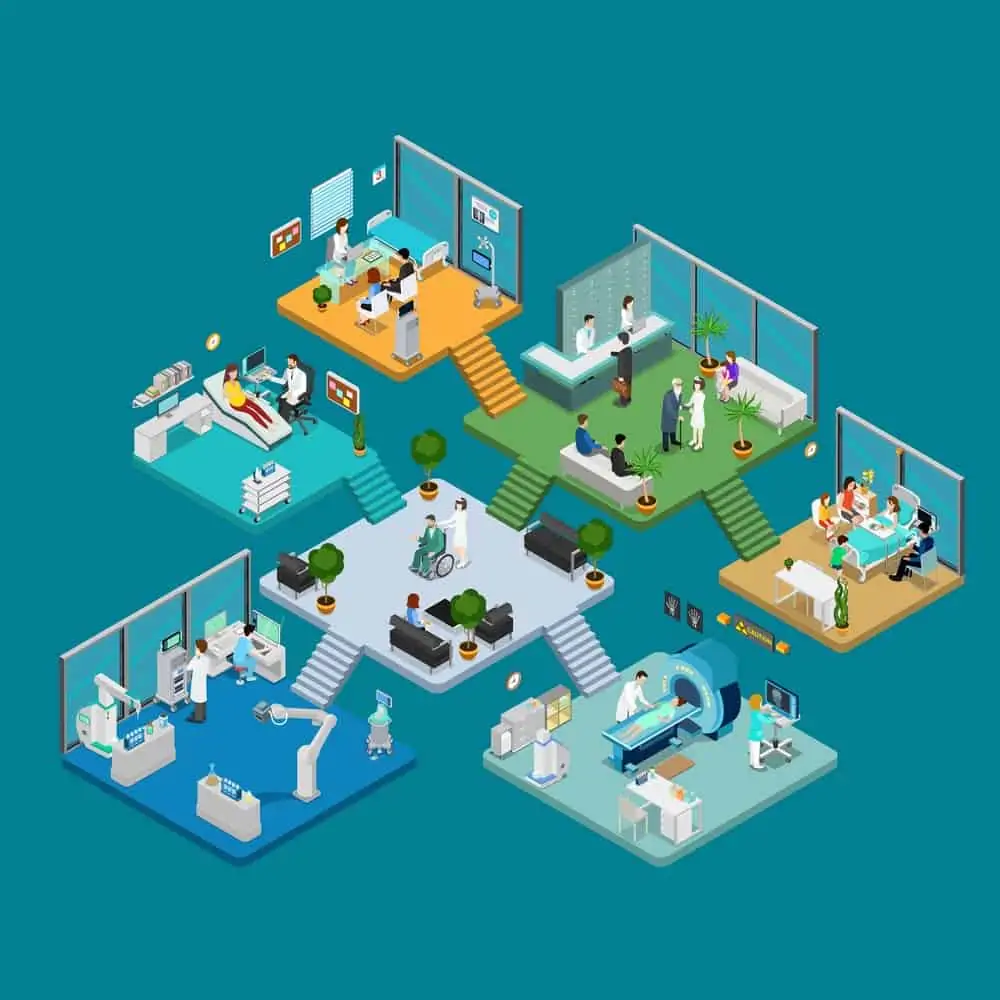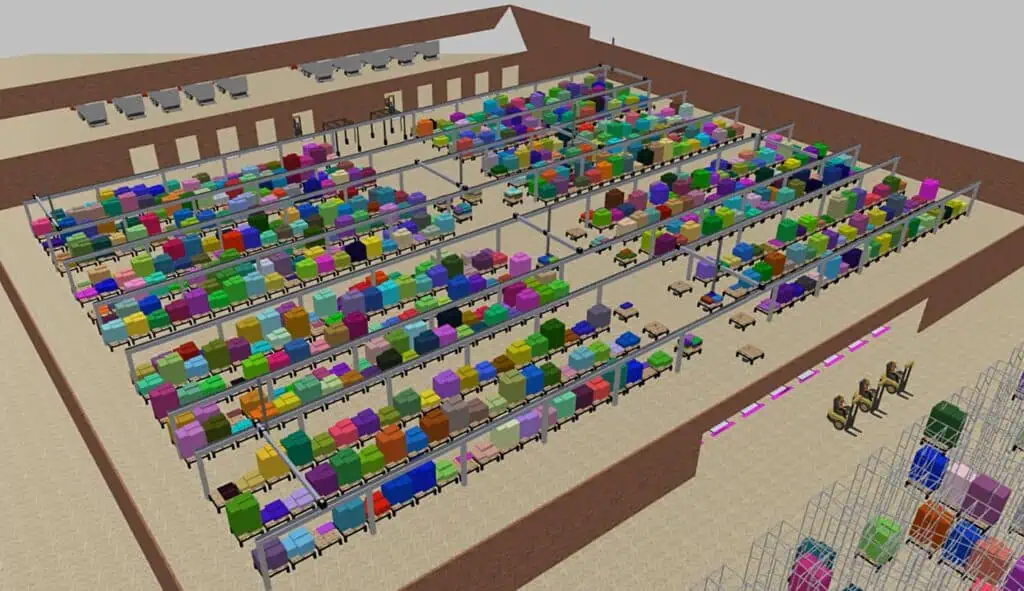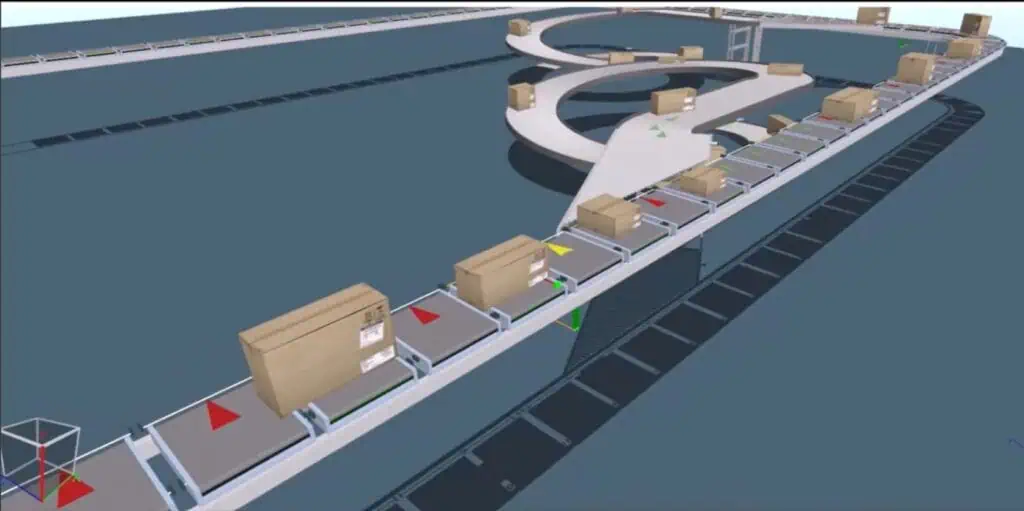Never before has an industry faced so much uncertainty as the healthcare industry.
Modelling and simulations can help healthcare providers deal with change by predicting the behavior of people, process and systems, allowing them to make smarter decisions.
Simulation, when used for planning or assessment, can help with:
- Predicting the behaviour of your people, process and systems
- Improving the efficiency of your operations
- Validating your business plan
- Winning credibility for your proposal by visually communicating to a wide range of stakeholders
Integrated Simulation of Healthcare Departments
In this video, you are seeing a demonstration of a simulation model for an emergency department. The model integrates various components of an emergency department, such as patients, physicians, nurses, beds, and other medical devices and materials.
The modelling environment is a to-scale representation of the building housing the emergency department and the individual areas and rooms inside.
Learn More About The Use Of Simulation In Your Industry
The model executes dynamic behavior that is defined for each of these components, including process delays, congestion, reliability, schedules and more.
Patients travel along paths moving from check-in and vitals to the labs, imaging rooms, or treatment rooms. This model shows patients moving through the emergency department as well as physicians, nurses, and other staff responding and tending to these patients.
Several classes of severity may be defined for patients, and each class of patients may have alternative routings, processing times, and visual cues. Here we provide visual differentiation for the severity classes by slightly altering the symbols representing the patients.
Priorities at processing areas can depend on the severity class of the patient or any other patient attribute of interest.
Get Answers to Emergency Department Planning Questions
The model is constantly collecting data in real-time for all these components. This simulation model can be used for running the emergency department under various scenarios, to answer questions like:
- How many physicians, nurses, lab technicians, and administrative staff are needed?
- What is the optimal staff schedule?
- What is the quantity of medical equipment needed to support varying operating levels?
- What is the utilization of equipment and staff?
- What should be the expected throughput, length of stay, and time spent waiting in the emergency department?
- Where are the operation bottlenecks in the emergency department?
- Can the current length of stay and waiting times experienced by patients be improved by changing operating policies?
- Does the benefit of adding beds, rooms, or equipment or staff justify the cost?
- What are the estimated annual operating costs under various scenarios?
Here at MOSIMTEC, we are in the business of leveraging modern advancements in modelling and simulation science and technology to solve complex issues for clients across various industries.
Our core focus is assisting clients to make better decisions through the application of decision support tools. Our team has extensive experience working with leading hospital simulation software and solving complex issues for clients across various industries.
Contact us to learn more about simulation modeling for your healthcare facility.
Learn How You Can Avoid Issues With Healthcare Simulation
Other Case Studies
- All
- 3D simulation
- AMR
- Anylogic
- automated mobile robots
- bottlenecks
- conveyor design and implementation
- conveyor physics engine
- Distribution Center
- Emulate3D
- Emulate3D 2024 User Group Meeting
- industrial automation
- Logistics
- material movement analysis and design
- Oil-and-Gas
- order fulfillment
- Rockwell Automation
- Simulation
- slugging options
- terminal simulation
- throughput validation



